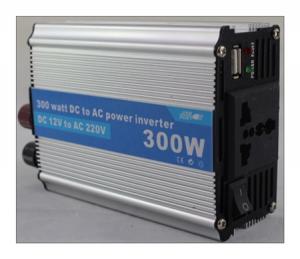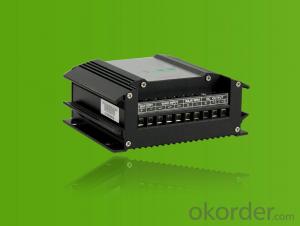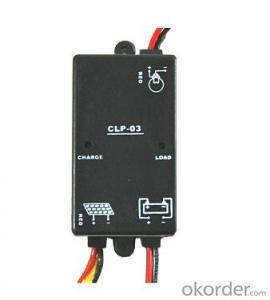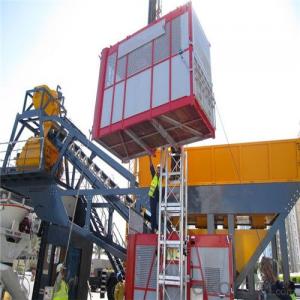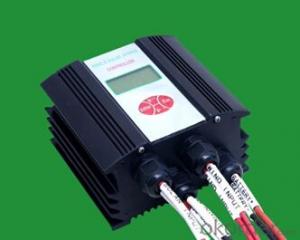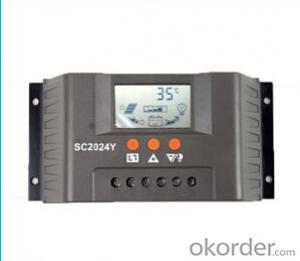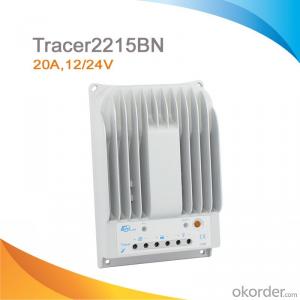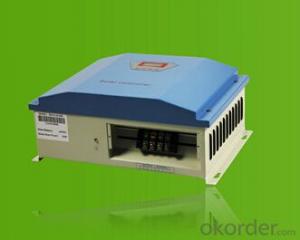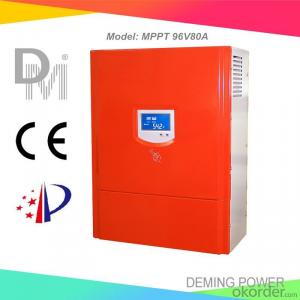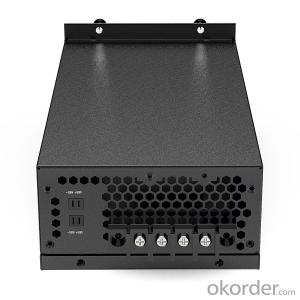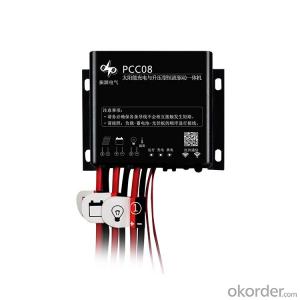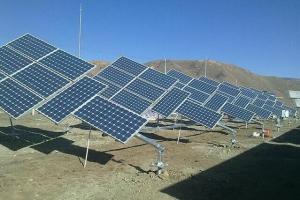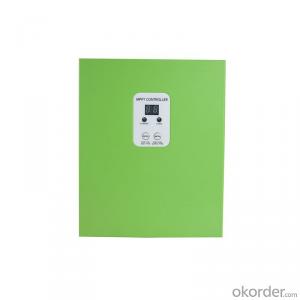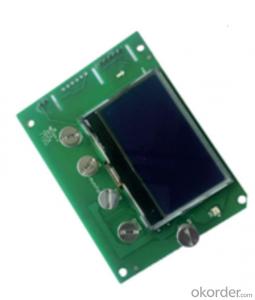Kanitti Solar Controller
Kanitti Solar Controller Related Searches
Best Inverter Solar Panel Solar Panel On Roof Rack Inverter To Solar Panel Ratio Solar Panel Decking Lights Solar Panel Inverter Box 1000 Watt Solar Panel Inverter 12 Volt Solar Panel Inverter Plastic Solar Lanterns Buy Solar Panel Inverter Solar Panel Inverter CostHot Searches
Solar Hot Water Collectors For Sale 8 Inch Water Pump For Sale Solar Inverter For Split Ac Solar Inverter With Ac Outlet 1 Hp Solar Water Pump Price Jain Solar Water Pump Price Kirloskar Solar Water Pump Price Aluminum Ac Coil Scrap Price China Solar Ac Module Solar Pump Inverter Price Lorentz Solar Water Pumps Price Price Of Water Cooler Evacuated Tube Solar Collectors Price Lorentz Solar Pumps Price Cost Of Evacuated Tube Solar Collectors Buy Hot Water Bag Fish Tank Air Pump Price Aquarium Air Pump Price Air Pump Price Chlorine Dosing Pump PriceKanitti Solar Controller Supplier & Manufacturer from China
Okorder.com is a professional Kanitti Solar Controller supplier & manufacturer, offers integrated one-stop services including real-time quoting and online cargo tracking. We are funded by CNBM Group, a Fortune 500 enterprise and the largest Kanitti Solar Controller firm in China.Hot Products
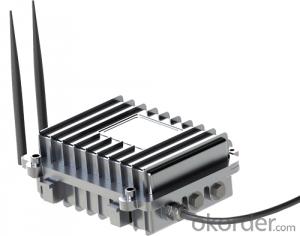
Internet of Things Wireless Centralize Controller Remote Monitor System MPPT Solar Charge Controller
FAQ
- The maximum load voltage that a solar controller can handle can vary depending on the specific model and manufacturer. However, in general, most solar controllers can handle load voltages ranging from 12 volts to 48 volts.
- Yes, a solar controller can be used with solar-powered indoor research facilities. A solar controller is an essential component of a solar power system, regardless of whether it is used in an indoor or outdoor setting. It is responsible for regulating the flow of electricity from the solar panels to the batteries and other appliances. In an indoor research facility, solar panels can be installed on the roof or on any available outdoor space to harness sunlight and convert it into electricity. The solar controller will then manage the charging and discharging process of the batteries, ensuring that the power generated by the solar panels is efficiently stored and used when needed. This allows the indoor research facility to operate on renewable energy, reducing its reliance on traditional power sources and minimizing its carbon footprint.
- Yes, a solar controller can be used with a solar-powered hydrogen production system. The solar controller is responsible for regulating and optimizing the flow of electricity from the solar panels to the hydrogen production system, ensuring efficient and reliable operation.
- A solar controller prevents voltage drops in the system by regulating the flow of electricity from the solar panels to the battery. It ensures that the voltage remains constant and optimal by monitoring and adjusting the charging process. This helps to prevent overcharging or undercharging of the battery, which can lead to voltage drops and affect the overall performance of the system.
- There are three main types of solar controllers: PWM (Pulse Width Modulation), MPPT (Maximum Power Point Tracking), and basic on/off controllers.
- A solar controller handles the logging of system data by continuously monitoring and recording various parameters such as solar panel voltage, battery voltage, charging current, and load current. It stores this data in its internal memory or an external storage device such as an SD card. This logged information can then be accessed and analyzed by users to track the performance, efficiency, and overall health of the solar system.
- To prevent reverse current flow with a solar controller, you can use a diode or a blocking diode in the circuit. This diode will allow current flow from the solar panel to the battery but block any reverse current flow from the battery back to the solar panel, effectively preventing any damage to the system.
- Solar panel shading analysis systems enable the assessment of shading's impact on solar panel performance, utilizing techniques like satellite imagery, shade analysis software, or on-site measurements. On the other hand, a solar controller is a crucial component in a solar power system, managing electricity flow between panels and batteries or the grid. It guarantees efficient battery charging and safeguards against overcharging or damage. The combination of a solar controller and shading analysis system optimizes solar power system efficiency and performance. By utilizing shading analysis data, it becomes possible to identify sunlit areas and adjust panel positioning or tilt accordingly. The solar controller then regulates electricity flow, ensuring maximum power generation, even under shaded conditions. In summary, integrating a solar controller with a shading analysis system enhances solar power system monitoring and control, resulting in improved efficiency and performance.




